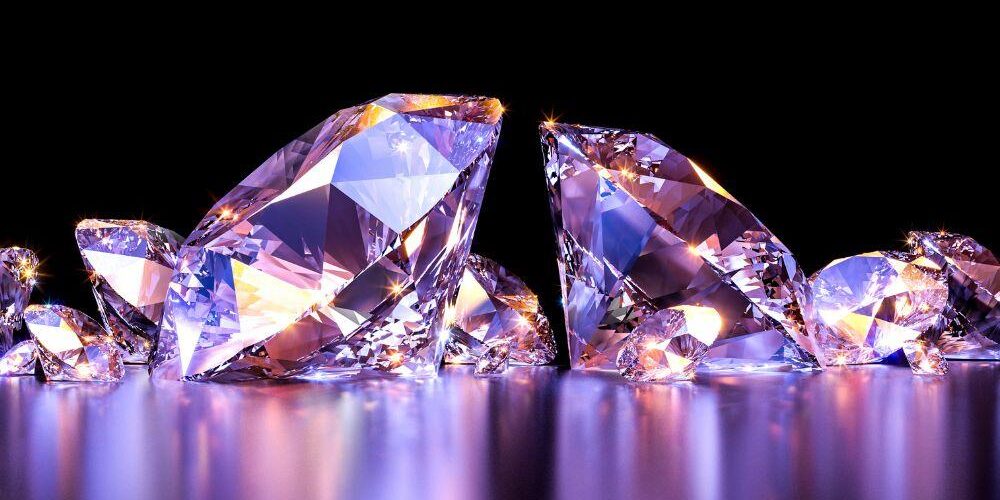The G7 countries will this week discuss four plans to ban Russian diamonds from G7 markets starting from January 1. These proposals, which aim to restrict the entry of Russian diamonds into G7 countries, vary in their stringency and approach, reflecting the challenges in reaching a consensus.
The four proposals were prepared by Belgium, India, a French jewelry industry group, and the World Diamond Council and will be discussed at a technical meeting of G7 representatives on Thursday, according to officials familiar with the negotiations.
A G7 ban on Russian diamonds would have a significant impact on both Russian diamond exports and the global diamond supply chain. G7 countries, including the US, Canada, Japan, Germany, Britain, Italy, and France, account for 70% of global diamond demand. Russia is the world’s largest producer of rough diamonds, responsible for 30% of the world’s supply.
The primary objective of the meeting is to establish a legally sound definition of diamond traceability, enabling the determination of the stones’ origins. The ban under consideration is indirect, focusing on Russian diamonds entering G7 countries from outside Russia. This approach has generated tension between those advocating for a political statement to maintain momentum and those who believe the technical aspects need to be fully resolved first.
Agreement on the ban is challenging due to potential implications for the diamond industry in major centers such as Belgium, India, and the United States, which collectively dominate the $87 billion global natural diamond jewelry business. Key differences between the proposals include the entry points for Russian diamonds into G7 markets, the verification process for their Russian origin, weight thresholds for diamonds subject to the ban, and the consequences for rule violations.
India and Belgium propose that the entry point for Russian diamonds should be their respective diamond centers in Mumbai and Antwerp, while the French group suggests multiple entry points to prevent bottlenecks. The World Diamond Council supports a self-regulating system. The weight threshold for diamonds subject to the ban could be 1 carat or more for polished stones.
Belgium is concerned about its reputation and wants to ensure that Russian gems do not circulate through its diamond hub in Antwerp. India is worried about imposing a burden on its small and medium-sized diamond producers if a more stringent model is adopted. The European Union and the G7 have been considering a Russian diamond ban since 2022 as part of sanctions against Moscow due to its invasion of Ukraine.
The United States has already imposed sanctions on Russia’s state-owned diamond producer, Alrosa. However, a global ban is needed to ensure that Russian diamonds do not continue to circulate, especially between India, Belgium, and other countries, as it’s challenging to confirm the origin of the gems without their cooperation.
Despite the various global players involved in the discussions, progress has been slow, primarily because diamonds, along with nuclear and liquefied natural gas, remain among the few significant revenue streams for Moscow that have not faced full Western sanctions.
![]()




